Indonesia will build its new capital city in Borneo as Jakarta sinks into the Java Sea
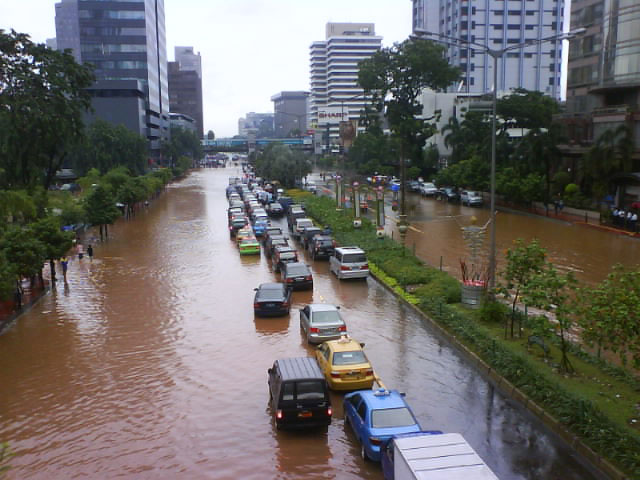
Concerns over the sustainability of the congested and rapidly sinking political center of Jakarta prompted the need for a new capital. The relocation was announced Monday by President Joko Widodo.
Native Americans may lose their homes to rising waters on Louisiana island
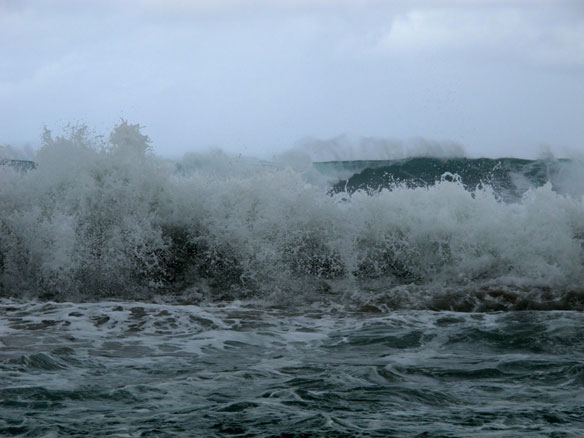
Rising waters are swallowing up Native Americans on a small island off the Louisiana coast, making them some of America’s first climate refugees
Who will pay for the huge costs of holding back rising seas?
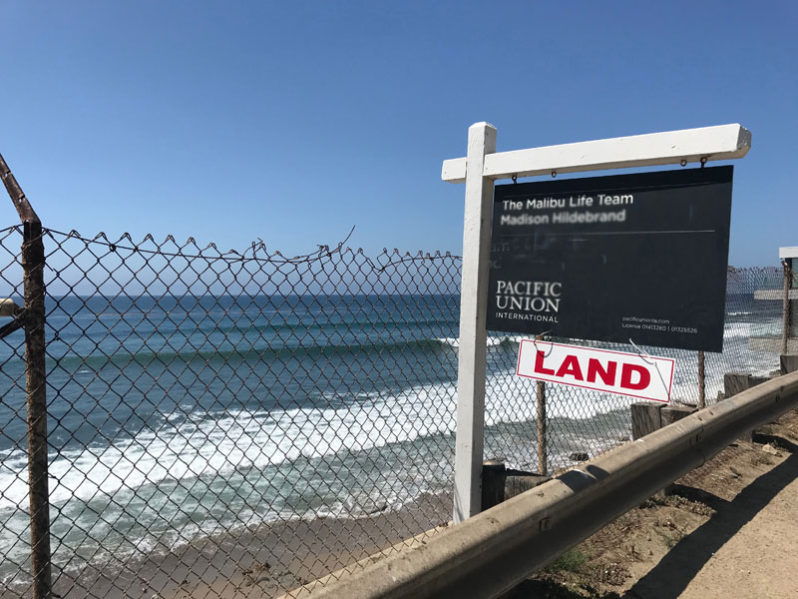
U.S. coastal cities face billions of dollars in costs for the extensive infrastructure projects needed to protect against rising seas and worsening storms. From Boston to Miami, government officials are only beginning to grasp the enormous expense of what will be required.
Sea level rise preparations could cost Redondo Beach, CA, nearly $300 million
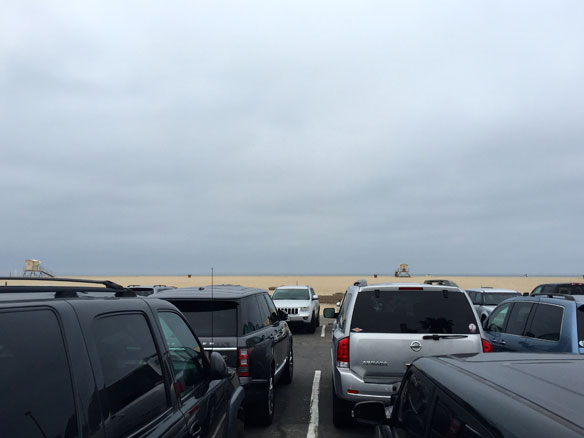
Redondo Beach estimates it would cost roughly $291 million to prepare for a 5.5-foot increase in sea levels by 2100, according to a recently released study.
Long-term measurements document sea level rise in the Arctic
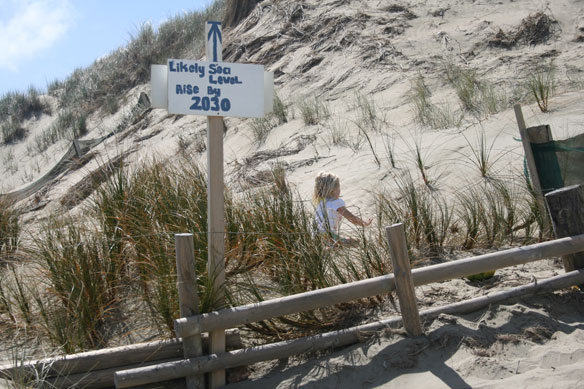
Over the past 22 years, sea levels in the Arctic have risen an average of 2.2 millimeters per year. This is the conclusion of a research team after evaluating 1.5 billion radar measurements of various satellites using specially developed algorithms.
The California coast is disappearing under the rising sea. Our choices are grim

While other regions grappled with destructive waves and rising seas, the West Coast for decades was spared by a rare confluence of favorable winds and cooler water. But lines in the sand are meant to shift. In the last 100 years, the sea rose less than 9 inches in California. By the end of this century, the surge could be greater than 9 feet.
What happens when a country drowns? These 5 island nations will disappear first
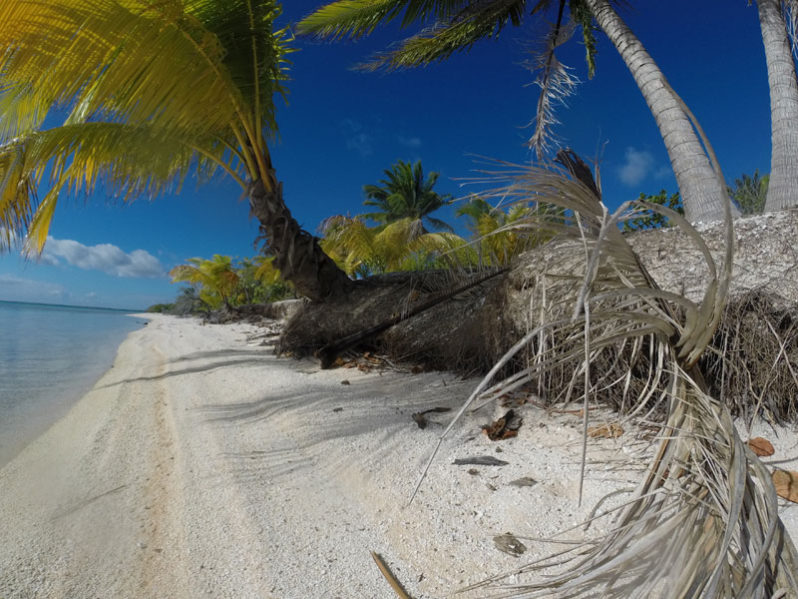
Global climate change is endangering small island countries, many of them developing nations, potentially harming their ability to function as independent states.
Coastal Hazards & Targeted Acquisitions: A Reasonable Shoreline Management Alternative: North Topsail Beach, North Carolina Case Study

This study is the first of several case studies to be released by the Program for the Study of Developed Shorelines examining the feasibility and economics of targeted acquisition strategies in oceanfront, resort communities. Buyouts of vulnerable properties have become an increasingly popular tool for reducing future exposure in flood-prone communities across the U.S.
On Java’s Coast, A Natural Approach to Holding Back the Waters

The Indonesian island of Java has lost 70 percent of the mangroves that once protected its coast from erosion and flooding. Now villagers are using natural wooden barriers to try to restore the mangrove forests and save their lands and homes from being washed away.
